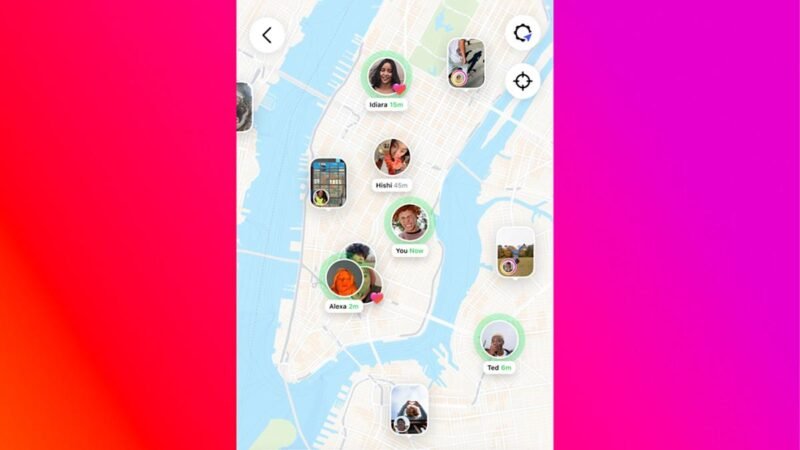Summary Points
-
New Feature Launch: Meta introduced a new Instagram map feature akin to Snapchat’s Snap Map, prompting privacy concerns among users.
-
Opt-In Confusion: Although location sharing is opt-in, many users found their accounts displayed on the map due to previous location-tagged posts, raising alarms about unintended exposure.
-
Prominent Visibility: The map consolidates location information, making it more accessible and potentially misleading users into believing their real-time locations are shared.
-
User Concerns and Misunderstandings: Privacy fears spurred widespread discussion on Threads, with over 850,000 posts, leading Instagram’s head to clarify how the feature works and reassure users that location sharing requires explicit consent.
Instagram Map Feature Raises Privacy Concerns
Yesterday, Meta launched a new map feature on Instagram, drawing strong reactions from users. Adam Mosseri, head of Instagram, acknowledged the confusion surrounding its functionality. This feature resembles Snapchat’s Snap Map, but it has stirred anxiety among users regarding location sharing.
Initially, some users noticed their locations were visible on the map even without opting in. This occurs because the map automatically incorporates data from Stories or Reels with tagged locations. For instance, if a user shares a Story from San Francisco’s botanical gardens, the map may show their presence there, regardless of their privacy settings.
While Instagram has always allowed visibility of location tags, the new map makes this information more prominent. Users can now see a consolidated view of posts tagged at specific locations. Consequently, this has raised alarms about potential unintentional location sharing, especially given Meta’s past privacy controversies.
Instagram’s map rapidly became a trending topic on Threads, with over 850,000 posts mostly focused on privacy concerns. In response, Mosseri clarified, “People are confused and assume that, because they see themselves on the map, others can, too.” He assured users that sharing requires explicit consent and will only show selected followers’ access to locations.
For those seeking to manage their settings, the Instagram map can be accessed through the inbox, with options to control who sees their location. By default, the setting is “no one.” It’s vital for users to review any recent posts which might include location tags, as these can affect their visibility on the map.
Moreover, Instagram includes a “hidden places” feature, allowing users to conceal specific locations. However, this option can be tricky to manage for multiple locations.
For peace of mind, users should consider keeping location sharing set to “no one” and avoid tagging locations in their posts. As users navigate this new feature, they can balance connectivity with privacy, ensuring a safer experience on the platform.
Stay Ahead with the Latest Tech Trends
Explore the future of technology with our detailed insights on Artificial Intelligence.
Discover archived knowledge and digital history on the Internet Archive.
GadgetsV1

